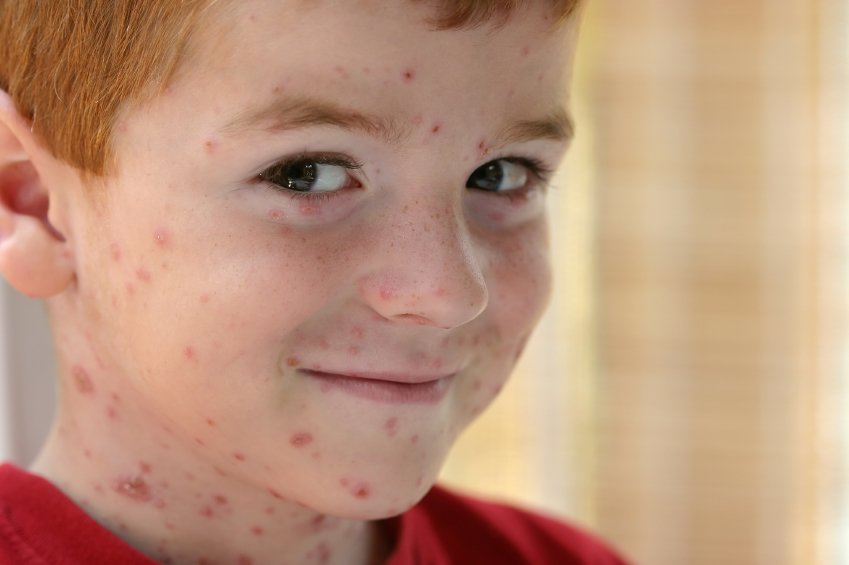Learn all about Shingles Symptoms, Causes,Treatment, Diagnosis and Prevention!
Shingles also termed as herpes zoster, is characterized by Pain along the course of a nerve followed by grouped vesicular lesions.Shingles is an infection caused by the virus varicella-zoster, which is the same virus that causes chickenpox.Lesions caused by virus are mainly appear on face or trunk.It usually occurs in adults. With rare exceptions, patients suffer only one attack.Even after chickenpox is treated, the virus may live on in your nerve tissues for years before reactivating as shingles.Usually, pain starts with eruption after 48 hours of exposure and increase in intensity with the passage of time.shingles washes out from body within 2-3 weeks and recurrence of shingles in same individual is less common.
Sign and Symptoms of Shingles
Early sign and symptoms of shingles is pain and burning and this pain is usually on one side of the body and occurs in small patches.Other sign and symptoms are mentioned below
- Pain, burning, numbness or tingling
- Red rash that begins a few days after the pain
- Fluid-filled blisters
- Rash the face and ears
- Itching
Some people also experience
- Fever and chills
- General achiness
- Headache
- Fatigue
Causes of Shingles
Shingles is caused by virus termed as varicella-zoster virus.This virus also responsible for chickenpox.Any person who acquires chickenpox may also have risk of developing shingles.Even after recovery from chickenpox the virus remains in the human body in dormant form and can enter in your nervous system. After you recover from chickenpox, the virus can enter your nervous system and lie dormant for years. Eventually, it may reactivate and travel along nerve pathways to your skin and causes shingles.
The exact cause for the encore is still not understood but it is believed that it may be due to low immunity against infections as you grow older.so, that’s why shingles are more common in older people and those who have weak immune system.
Test and Diagnosis of Shingles
In most cases shingles can be diagnosed with the help of routine physical examination and by checking the presence of rashes and blisters.But rarely, your healthcare provider may need to test a sample of your skin or secretion from your blisters.For this purpose sterile swab is used to collect the sample.
Treatment of Shingles
There is no complete cure for shingles but proper medication with prescription antiviral drugs will ease the symptoms of shingles or herpes zoster and reduce the risk of further complications.Commonly used antivirals in the treatment of shingles are
- Acyclovir (Zovirax)
- Valacyclovir (Valtrex)
- Famciclovir (Famvir)
If further complications occur your doctor may also prescribe
- Anti-inflammation drugs (to ease pain and swelling)
- Narcotic medications or analgesics (to reduce pain)
- Anticonvulsants or tricyclic antidepressants (to treat prolonged pain)
- Antihistamines, such as Benadryl (to treat itching)
Prevention of Shingles
Two vaccines may help to prevent shingles or herpes zoster.First one is the chickenpox (varicella) vaccine and the second one is shingles (varicella-zoster) vaccine.
Chickenpox vaccine or varicella Vaccine
Chicken pox vaccine is available with brand name of varivax and it has become a routine childhood immunization to prevent chickenpox.Chicken pox vaccination does not guarantee that you will not get chicken pox but it can reduce your chances of complications and reduce the severity of the disease.
Shingles vaccine or Herpes zoster vaccine
WHO and FDA provide guidelines about the vaccination and immunization.According to these guidelines WHO and FDA have approved the use of the varicella-zoster vaccine (Zostavax) for adults age 50 and older.Like chicken pox vaccine, Shingles vaccine or Herpes zoster vaccine does not guarantee that you will not get chicken pox but it can reduce your chances of complications and reduce the severity of the disease.
 Health & Care Information
Health & Care Information 


